New Manual of Homoeopathic Materia Medica and Repertory: Including Indian Drugs, Nosodes, Uncommon Remedies, Relationship, Sides of the Body & Drug Affinities
Synopsis
This latest edition of the Boericke comes to you at the beginning of the new millennium with a sincere effort to streamline it in trend with the other advancements in the field to homoeopathy in particular, and medicine in general. To begin with, an effort has been made to correct all the grammatical errors and to technically upgrade the book in relation to modern terminology. For example, pressure deep in the orbits (glaucoma), without making any changes in the text of the whole book. The modern terminology, confined to brackets throughout the text has been co-related with various source books like, Dictionary of Practical Materia Medica by Dr. J.H. Clarke; 1001 Small Remedies by Dr. F. Schroyens; Handbook of Materia Medica by Dr. T.F. Allen; etc. This edition has further been facilitated by foot notes given at the bottom of the page, for instance, Pg. 25, throat deafness1:- 1-Hearing-impaired-tonsils enlarged (1001 Small Remedies, Edited by Dr. F. Schroyens), which further elaborate or explain the corresponding symptom, along with the name of the source book. All the abbreviations and names of the drugs, in the book and repertory are now, according to the Synthesis, like Thuya-Thuj.; Helleb.-Hell.; etc. Also, all the spellings have been corrected according to Dorland’s 28th edition, for instance diarrhoea is now diarrhea; anaesthesia is now anesthesia; etc. The sequence of Mind, Head, Eyes, etc, in the drugs have been arranged according to those in the Kent’s Repertory throughout the book to maintain a more orderly and uniform pattern. Aluminuim silicata and Kaolinum have been merged as one drug as they are one and the same. In the repertory section of this book, the same pattern has been maintained but the chapter have been re-arranged in accordance to Kent’s Repertory to minimize confusion. The Index to the Repertory has been incorporated with the meaning of words along with the correlated page numbers, rendering it more complete and convenient to use. The previously existing Indian Drugs have been provided with more information and new additions. A special section on some commonly used Nosodes has been added in this volume along with a re-arranged Rare and Uncommon Remedies, throwing more light on this, comparatively under studied field of homoeopathy. And last but not the least, an Index of the drugs, with both common and Latin names, has been introduced in the beginning of this book under Contents with the proper listing of all the chapters as well, to give a head start to the reader in his quest to explore the vast sphere of knowledge that this edition is going to provide.
Read more
39.60
35.64
$
44.00 $
Free delivery Wolrdwidе in 10-18 days
Ships in 1-2 days from New Delhi
Membership for 1 Year $35.00
Get it now and save 10%
Get it now and save 10%
BECOME A MEMBER
Books by the same author
-
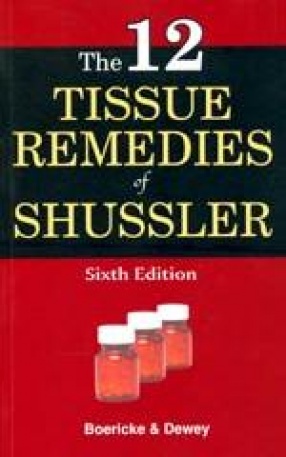
The Twelve Tissue Remedies of Schussler
-
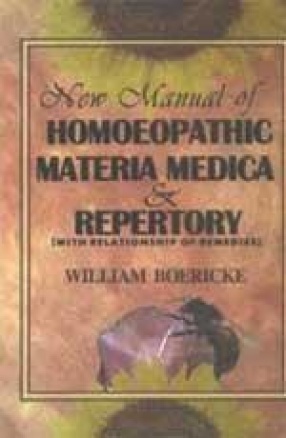
New Manual of Homoeopathic Materia Medica & Repertory
-
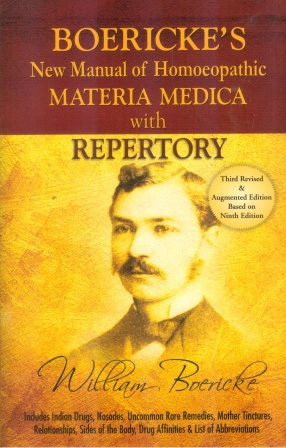
Boericke's New Manual of Homeopathic Materia Medica with Repertory: Including Indian Drugs, Nosodes, Uncommon Rare Remedies, Mother Tinctures, Relationships, Sides of the Body, Drug Affinities & List of Abbreviations
-
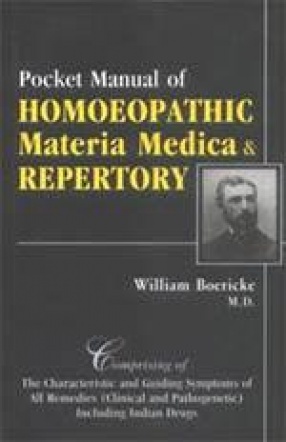
Pocket Manual of Homoeopathic Materia Medica & Repertory

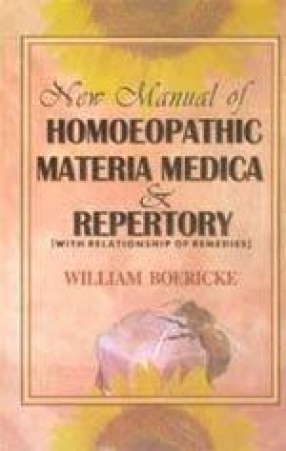
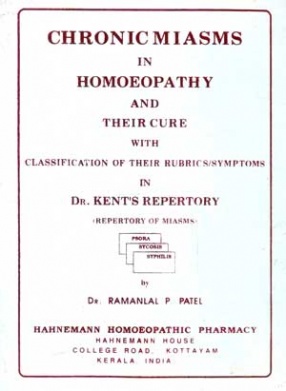
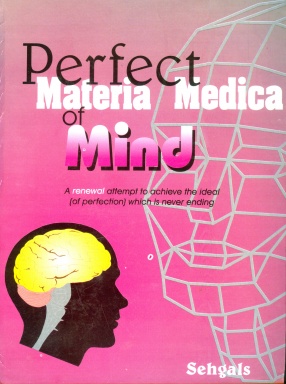
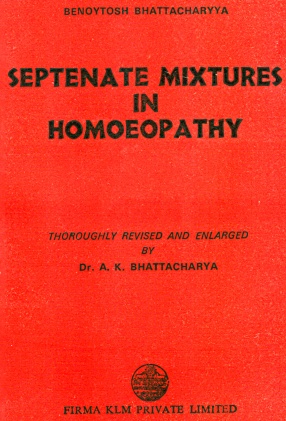
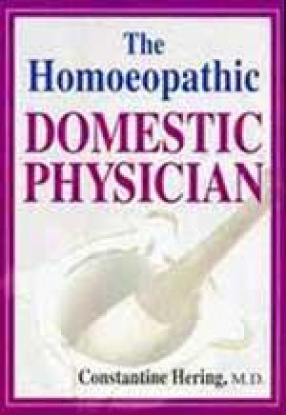

Bibliographic information